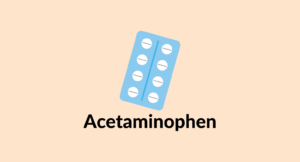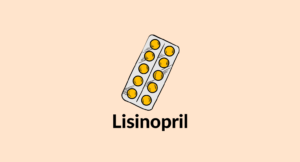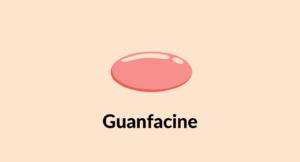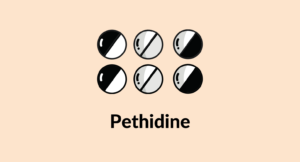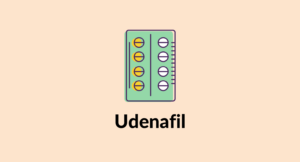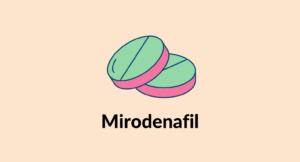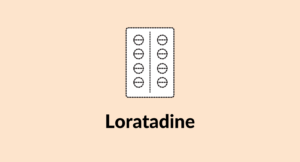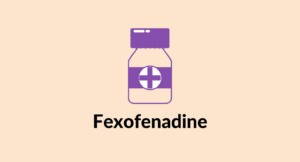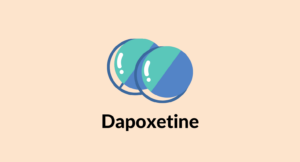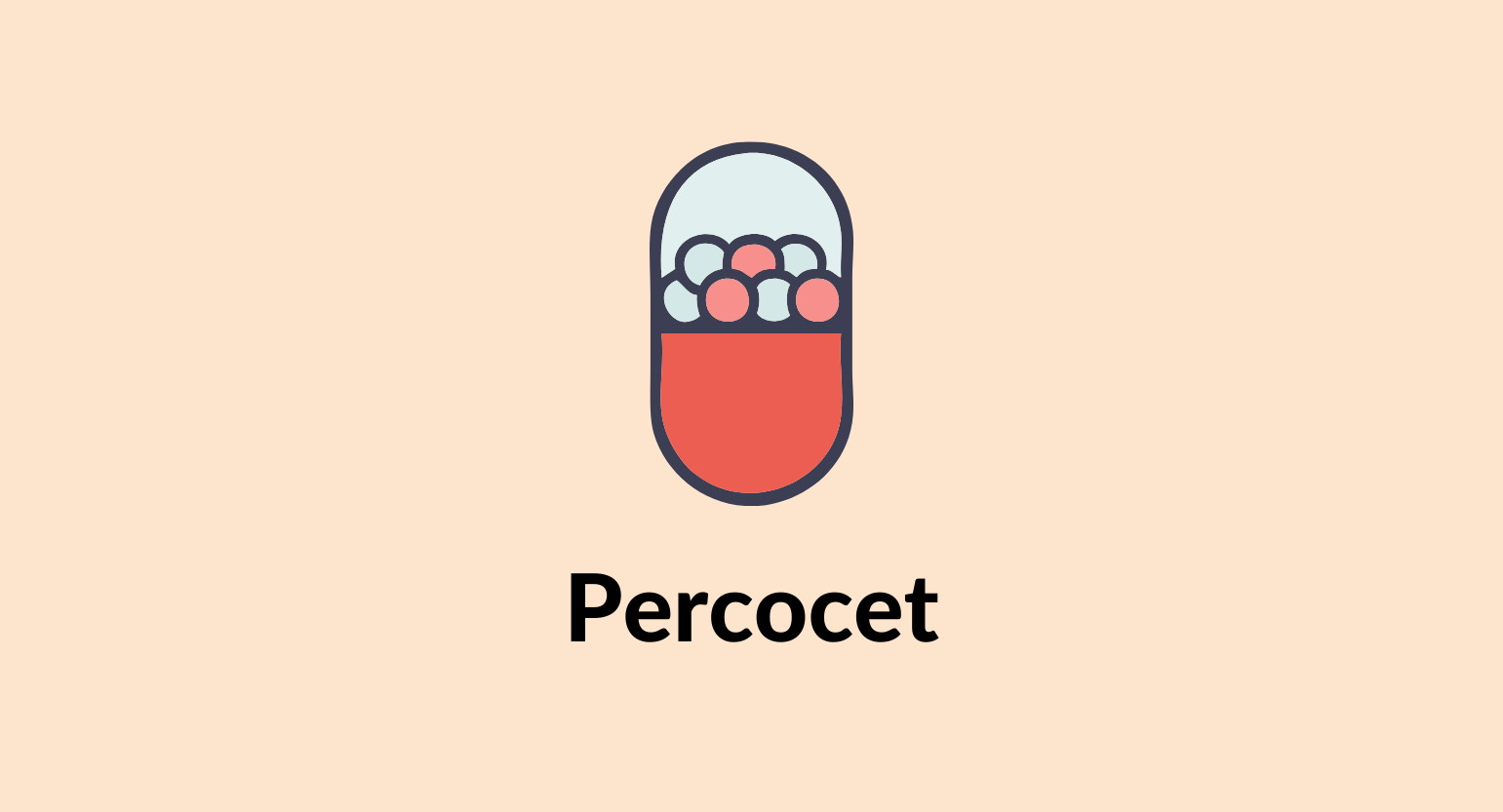
Does CBD Interact With Percocet?
CBD and Percocet are both used for managing pain. Are these substances safe to take together? What are the risks of using CBD & Percocet?
Percocet is one of the most common prescription pain medications used today. It’s a combination of the opiate painkiller oxycodone and paracetamol (the active ingredient in Tylenol).
CBD (cannabidiol) is the active painkilling component of marijuana and hemp. It’s often used as an adjunctive painkiller before moving on to prescription painkillers like Percocet because it’s much less addictive and carries a lower risk of overdose.
However, some people report taking CBD and Percocet together for added effects.
Is this combination safe? What are the risks?
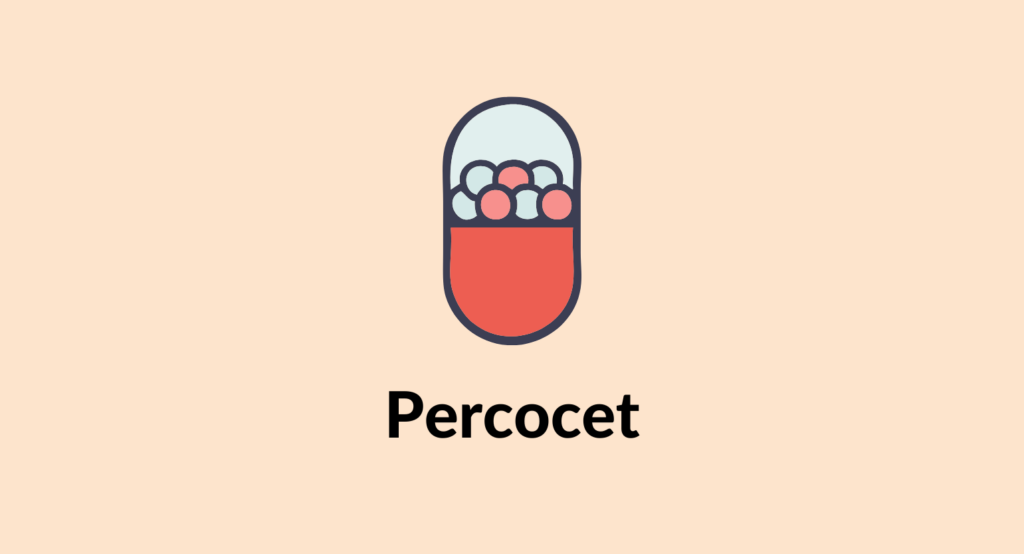
Does CBD Interact With Percocet?
Yes, CBD may interact with Percocet by potentiating its effects and increasing the risk of experiencing side effects.
The risk of this interaction is considered mild when used within the recommended dosage range.
Most people don’t experience side effects when using Percocet and CBD within the safe recommended doses — however, due to the severity of some of the side effects of Percocet, it’s wise to speak to your doctor first.
There are two main ways CBD and Percocet may interact together:
1. Slowed Elimination (Metabolic Competition)
CBD may compete with Percocet for metabolism in the liver. This can result in delayed metabolism and elimination, causing the effects of Percocet to last longer.
If repeated doses are used, serum concentrations may build to dangerous levels over time.
In order to reduce the chances of this interaction, it’s a good idea to take a lower dose of CBD and schedule days without CBD every week.
2. Increased Effect (Agonistic Interaction)
CBD and Percocet both have analgesic effects. Their combined use and increased serum concentration can lead to a synergistic effect on pain [2].
Both substances are central nervous system suppressants. This means both substances taken together could lead to a higher risk of side effects associated with central nervous system inhibition — such as depression, difficulty concentration, intoxication, dizziness, constipation, and more.
Similar Medications: CBD & Painkillers
Oxycodone and paracetamol are the drugs found in Percocet. CBD and analgesic medications, including opiate painkillers and NSAIDs, share a similar level of risks for interaction.
It’s wise to speak to your doctor about using CBD if you’ve been prescribed any medications to help manage your pain.
Here’s a list of medications that share a similar level of risk when combined with CBD:
Is It Safe To Take CBD & Percocet Together?
If used within the safe recommended dosages, yes, CBD and Percocet are considered safe to take together.
However, it’s important to keep in mind that taking both substances together carries an increased risk of side effects. These side effects tend to be mild, but there’s always a potential for more serious reactions to occur in certain individuals.
In order to reduce your risk, speak with your doctor first, and consider separating each medication by a window of around 2 hours or more.
But it must be noted that there are no specific clinical studies that have studied the interaction between CBD and Percocet. Therefore, combined intake should only be done so at your own risk.

Is CBD A Viable Alternative To Percocet?
Yes, CBD may be a viable alternative to Percocet for mild to moderate pain.
However, CBD is much milder than Percocet and may not be sufficient for more severe bouts of pain.
Medical research has proven that CBD has the capacity to reduce chronic pain in patients with multiple sclerosis [3], intractable chronic pain in cancer patients [4,5], refractory neuropathic pain following failed spinal surgery [6], and pain due to fibromyalgia.
The use of CBD for pain management is not yet approved by the FDA. It’s mostly prescribed off-label to help patients deal with pain when other measures fail.
What Is Percocet?
Percocet is the brand name for a combination drug containing oxycodone and paracetamol.
Oxycodone is a semi-synthetic opioid analgesic. It has a high selective affinity for μ opioid receptors that are present in the brain, spinal cord, and intestines. It acts through this receptor to exert its analgesic effect.
Percocet is available in immediate-release and extended-release oral formulations as tablets. It’s also available in intravenous and intramuscular injectable forms in some countries.
Oxycodone Specs:

| Drug Name | Oxycodone |
| Trade Names | OxyContin, Oxynorm |
| Classification | Semi-synthetic Opioid |
| CYP Metabolism | CYP3A4 & CYP2D6 |
| Interaction With CBD | Metabolic Competition & Agonistic Interaction |
| Risk Of Interaction | Mild |
Paracetamol is a non opioid potent analgesic and antipyretic. It is used for fever and mild to moderate pain like headache and musculoskeletal pain. It is not an anti-inflammatory drug.
Paracetamol Specs:

| Drug Name | Paracetamol |
| Trade Name | Tylenol, Panadol |
| Classification | Non opioid analgesic and antipyretic |
| Metabolism | Liver enzymes by glucuronidation, sulfation, and CYP450 |
| Interaction With CBD | Metabolic Competition & Agonistic |
| Risk Of Interaction | Mild |
What Does Percocet Do?
The oxycodone portion of Percocet acts by binding to the μ opioid receptors and, to a lesser extent, the delta and kappa receptors in the nervous system.
This leads to inhibition of adenylyl cyclase enzyme and decreases in intracellular cAMP, closing of calcium channels and opening of potassium channels leading to hyperpolarization and decreased excitability of neurons with inhibition of neurotransmitter release that is responsible for transmitting pain signals.
The paracetamol portion provides additional analgesic and antipyretic effects [8]. It acts by inhibiting the cyclooxygenase (COX) pathway in the central nervous system. This leads to inhibition of prostaglandins production that is responsible for the analgesic and antipyretic effect.
A metabolite of paracetamol, AM404, is a weak agonist of endocannabinoid receptors CB1 and CB2. This metabolite is formed in the brain and further contributes to the analgesic effects of Percocet [9].
Percocet serves several advantages over the use of oxycodone or paracetamol alone. This fixed-dose oral combination of paracetamol and immediate-release form of oxycodone has a synergistic effect for moderate to severe pain for non-responders to other pain medication. Lower individual drug dose, opioid-sparing effect, and good efficacy and tolerability are the advantages of this fixed-dose combined drug formulation [10].
Side Effects Of Percocet
- Abdominal pain
- Clay-colored stool
- Confusion
- Constipation
- Dark urine
- Dizziness
- Drowsiness
- Headache
- Itching
- Jaundice
- Loss of appetite
- Nausea
- Shallow breathing
- Vomiting
Who Should Avoid Percocet?
Always consult your doctor before taking Percocet to avoid any potential risks and interaction.
Here is a list of contraindications associated with Percocet:
- People with known hypersensitivity to any opioid drug or paracetamol
- People with obstructive airway diseases (COPD, asthma, obstructive sleep apnea)
- People with any kind of liver dysfunction
- People with any kind of renal dysfunction
- Pregnant and lactating women
- People who have had any recent biliary tract surgery
- People who have a recent head injury or any condition with increased intracranial pressure
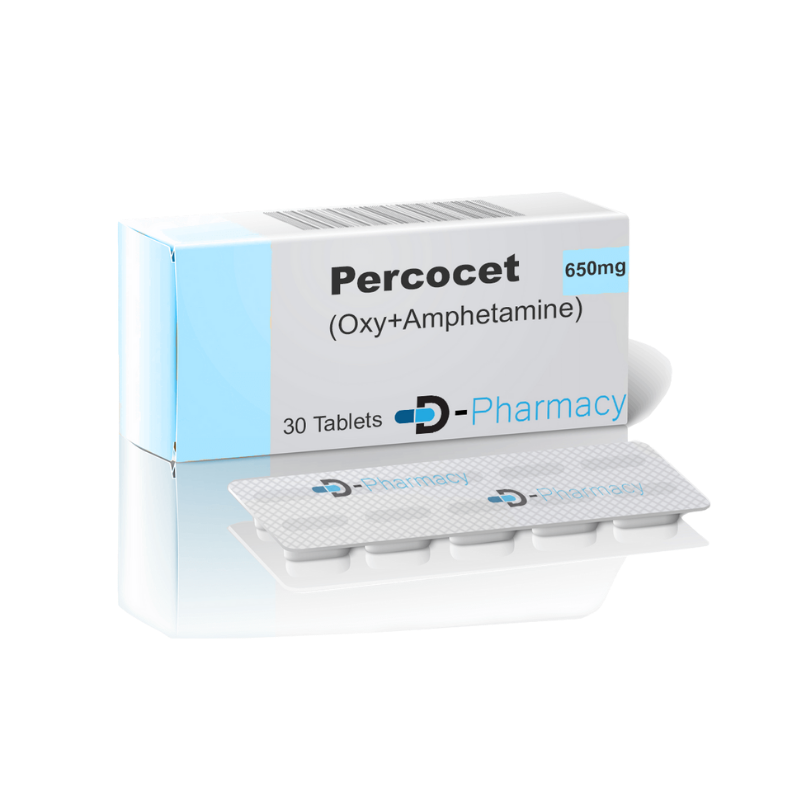
Key Takeaways: Is it Safe to Take Percocet With CBD?
CBD may interact with Percocet by inhibiting its metabolism and causing it to last longer, increasing the risk of side effects.
With that said, this combination carries only a low risk of producing interactions and rarely produces anything more than mild symptoms.
Do not take these medications without consulting with your prescribing physician. Despite the mild nature of this interaction in most people, there’s always a risk of more severe side effects depending on your individual constitution and dose.
References
- Ujváry, I., & Hanuš, L. (2016). Human metabolites of cannabidiol: a review on their formation, biological activity, and relevance in therapy. Cannabis and cannabinoid research, 1(1), 90-101.
- Abrams, D. I., Couey, P., Shade, S. B., Kelly, M. E., & Benowitz, N. L. (2011). Cannabinoid–opioid interaction in chronic pain. Clinical Pharmacology & Therapeutics, 90(6), 844-851.
- Rog, D. J., Nurmikko, T. J., Friede, T., & Young, C. A. (2005). Randomized, controlled trial of cannabis-based medicine in central pain in multiple sclerosis. Neurology, 65(6), 812-819.
- Johnson, J. R., Burnell-Nugent, M., Lossignol, D., Ganae-Motan, E. D., Potts, R., & Fallon, M. T. (2010). Multicenter, double-blind, randomized, placebo-controlled, parallel-group study of the efficacy, safety, and tolerability of THC: CBD extract and THC extract in patients with intractable cancer-related pain. Journal of Pain and symptom management, 39(2), 167-179.
- Portenoy, R. K., Ganae-Motan, E. D., Allende, S., Yanagihara, R., Shaiova, L., Weinstein, S., … & Fallon, M. T. (2012). Nabiximols for opioid-treated cancer patients with poorly-controlled chronic pain: a randomized, placebo-controlled, graded-dose trial. The Journal of Pain, 13(5), 438-449.
- Mondello¹, E., Quattrone, D., Cardia¹, L., Bova, G., Mallamace¹, R., Barbagallo, A. A., … & Calapai, G. (2018). Cannabinoids and spinal cord stimulation for the treatment of failed back surgery syndrome refractory pain. Journal of pain research, 11, 1761.
- Sadiq, N. M., Dice, T. J., & Mead, T. (2020). Oxycodone. StatPearls [Internet].
- Gerriets, V., Anderson, J., & Nappe, T. M. (2018). Acetaminophen.
- Sharma, C. V., Long, J. H., Shah, S., Rahman, J., Perrett, D., Ayoub, S. S., & Mehta, V. (2017). First evidence of the conversion of paracetamol to AM404 in human cerebrospinal fluid. Journal of pain research, 10, 2703.
- Gatti, A., Sabato, E., Di Paolo, A. R., Mammucari, M., & Sabato, A. F. (2010). Oxycodone/paracetamol. Clinical drug investigation, 30(2), 3-14.
Signup to our newsletter
Be the first to know about our newest arrivals and special offers!
